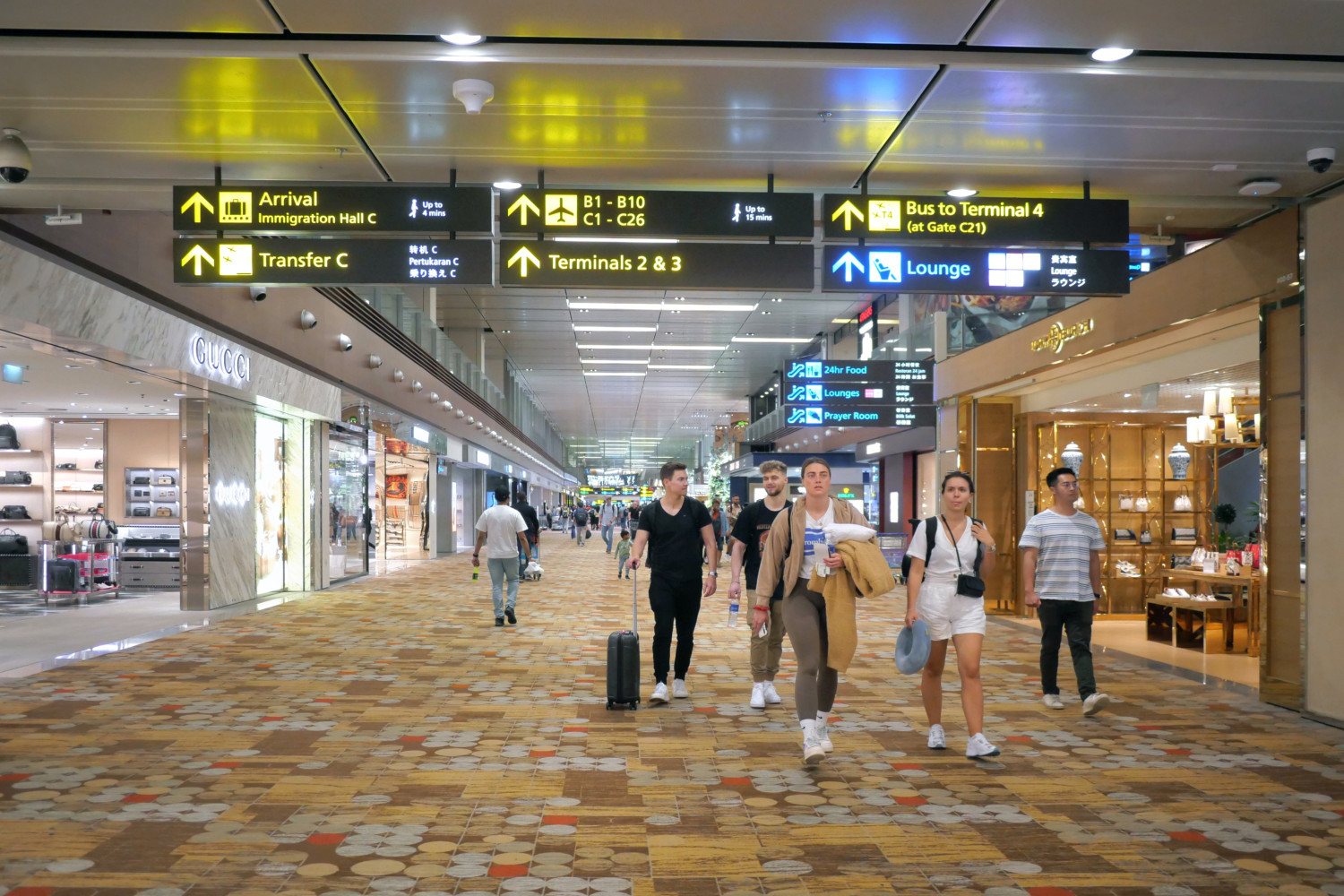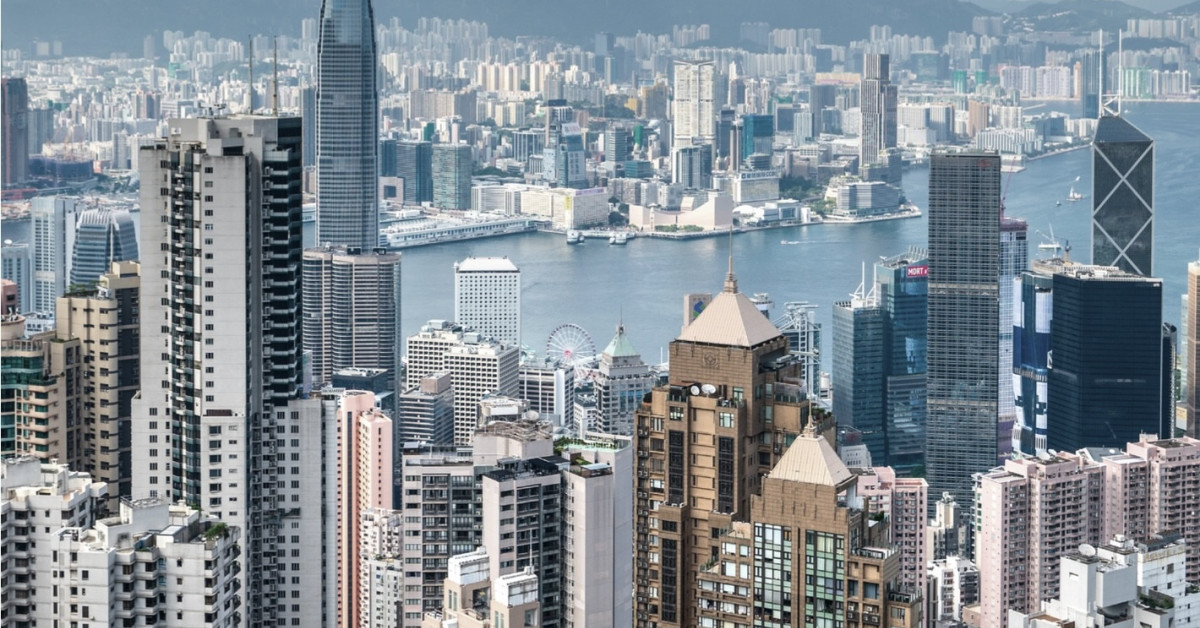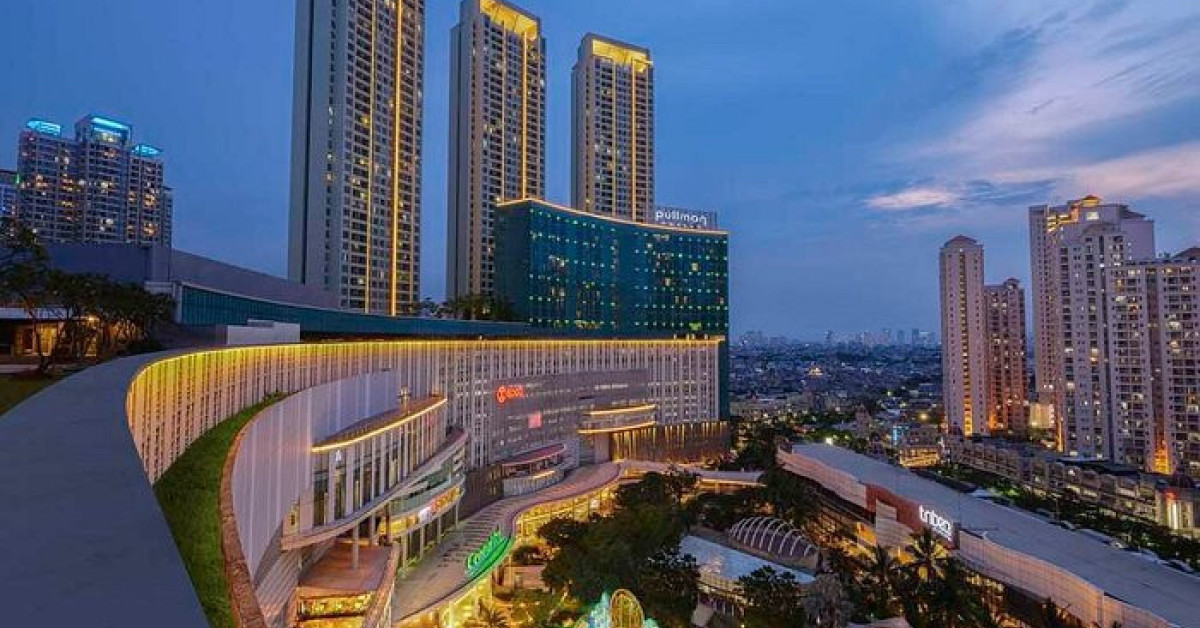Hotel RevPAR exceeds pre-pandemic levels in 2023 despite lower occupancy levels
By Nur Hikmah Md Ali
/ EdgeProp Singapore |

The revenue per available room has reached pre-pandemic levels due to pent-up demand for travel, despite high inflation and interest rates globally (Photo: Albert Chua/EdgeProp Singapore).
SINGAPORE (EDGEPROP) - As the global community transitions beyond the pandemic’s impact, Singapore’s hospitality industry has been mostly stable in 2023. The boom in travel demand has boosted the revenue per available room (RevPAR) to above pre-pandemic levels, despite high inflation and interest rates globally.
Hotels that experienced delayed construction due to pandemic restrictions have been able to wrap up construction works, with the industry seeing 12 new hotels opening up this year. The hotels have introduced a total of 2,189 new rooms into the market.
Based on data from the Singapore Tourism Board (STB), the RevPAR among Singapore hotels stands at $282 as of October this year. This is 29% y-o-y higher than the RevPAR of $219 as of October 2019 (pre-pandemic).
Advertisement
Advertisement
RevPAR among hotels in Singapore from Oct 2019 to Oct 2023 (Photo: Singapore Tourism Board).
The current RevPAR is also at its highest within the past five years. The average RevPAR was $191.96 in 2019, and slipped significantly to $88.59 in 2020 due to the pandemic. RevPAR gained slightly to $91.60 in 2021.
However, the industry has yet to see a full recovery in visitor arrivals, says Sashi Rajan, executive vice president of advisory and asset management at JLL Hotels & Hospitality Group. This means that the RevPAR recovery has been driven by rates instead of occupancy, he adds.
Gus McConnell, associate director of CBRE Research, agrees. “Whilst occupancy numbers are still slightly below historical levels, RevPAR and overall hotel performance has been boosted by operator willingness to keep daily rates higher than what we’ve seen over the past decade.”
Data from STB shows that the average occupancy rate is at 78.1% as of October, a a 6.2% dip from October 2022’s record. The average length of stay is at 3.42 days as of November this year, a drop from 4.15 days in November last year.
Source: Singapore Tourism Board.
Cushman and Wakefield’s Singapore Market Outlook 2024 report echoes the same sentiment, citing average room rates (ARR) reaching historical highs as the reason for the high RevPAR. The increase in ARR is due to both higher property operating costs and higher demand for travel, according to the report. Notably, hotel profit margins are also higher, with the increase in room rates outpacing the rise in costs.
CBRE Research’s McConnell says that room rates in Singapore have increased by 29%, from $219 in October 2019 to $282 in October this year.
Advertisement
Advertisement
Travellers willing to pay more
Despite the increase in hotel rates, travellers were willing to fork out the money as they had amassed more savings during the period of travel restrictions, even spending extra to stay at destinations that would sometimes be outside of their price range, McConnell notes.
The pace of recovery differed according to accommodation types. McConnell observes that at the start of the hotel sector’s recovery last year, travellers displayed a preference for luxury and upper upscale accommodation. As a result, these two segments recovered at a faster rate than upscale, midscale and economy sectors.
According to Cushman and Wakefield’s outlook report, the RevPAR of luxury hotels reached a record $497.43 between January and October. This marks a 28.7% year-to-date growth. The increase is pegged to soaring prices of room rates in luxury hotels, which have reached new highs of $595.67. This is 30.5% above than pre-Covid levels in 2019, which stood at $456.56. Still, occupancy rates at luxury hotels continue to remain lower than pre-pandemic averages.
McConnell points out that in recent months, travellers have become more conscious about their spending due to inflation and escalating prices for the overall travel experience. He says: “Now, as a result, travellers are choosing to stay at ‘premium economy’ locations. Hotels that are situated in core locations, execute on providing the best core experience, and are managed well at an asset level are performing better in the current environment.”
Cushman and Wakefield’s report shares a similar assessment: “Singapore, a high-cost travel destination in the region, has become relatively expensive given a strong Singapore dollar and higher hotel rates. This could turn away budget-conscious travellers looking to stretch their dollar or lead to shorter stays in Singapore.”
However, the report is optimistic that visitor arrivals will pick up, especially for Chinese travellers, who remain among Singapore’s top tourist source markets. This is particularly due to the mutual 30-day visa-free travel agreement that was proposed between Singapore and China on Dec 7. Still, the hospitality industry here may not see a full recovery of Chinese travel next year, given China’s property sector woes and dampened consumer sentiments.
Advertisement
Advertisement
Source: Singapore Tourism Board, Cushman & Wakefield.
In addition, CBRE’s McConell says that the number of overall international travellers may stagnate. “With most economists predicting a weaker global economic performance in 1H2024 and affordability becoming an issue with international travellers, the number of overall international travellers may stagnate at their current levels, which is around 80% of the number in 2019. This is further driven by hotel operators’ lack of willingness to drop daily rates,” he says.
Outlook for 2024
The supply of new and completed hospitality developments in 2024 is also not expected to put any significant pressure on room rates. A total of five new hotels are expected to open next year, based on JLL’s research. These are Lo & Beyond Hotel at 46 Kim Yam Road, The Standard Singapore, Citadines Science Park Singapore, Raffles Resort and Spa Sentosa, and a hotel development at Waterloo Street. The new hotels are expected to bring in an additional 1,058 rooms into the industry.
Source: JLL
Some developments to attract more tourists to Singapore will be completed next year, such as the Resorts World Sentosa expansion and Mandai Eco-tourism hub. The second phase of transforming Jurong Lake District is also underway, with the district expected to have a lifestyle tourism project by 2026.
Beyond 2024, the Changi Airport Terminal 5 is expected to begin construction works in 2025, with the terminal to begin operations around the mid-2030s.
Looking ahead, McConnell says that sustainability will continue to be a significant driver behind decision-making, just as it has been so far. “Many hotel operators have carbon emission goals which need to be met in the next five, 10 and 20 years. Owners have also realised that, through smart design and refurbishment, significant cost saving can be achieved by hitting these sustainability goals,” he says.
The occupancy rates are expected to pick up only from 2H2024 onwards, after economic headwinds begin easing, McConnell adds. He expects the same for hotel investments, which will see an increased investor activity only in the second half of the year.
JLL’s Rajan says the firm foresees an increase in the volume of hotel deals next year. This is because investors remain assured by Singapore’s safe haven status, and buyers are mostly high-net-worth individuals and family offices, which are less reliant on debt financing.
https://www.edgeprop.sg/property-news/hotel-revpar-exceeds-pre-pandemic-levels-2023-despite-lower-occupancy-levels
Tags:


Follow Us
Follow our channels to receive property news updates 24/7 round the clock.
Subscribe to our newsletter
Advertisement
Advertisement
Advertisement
Top Articles
Search Articles


